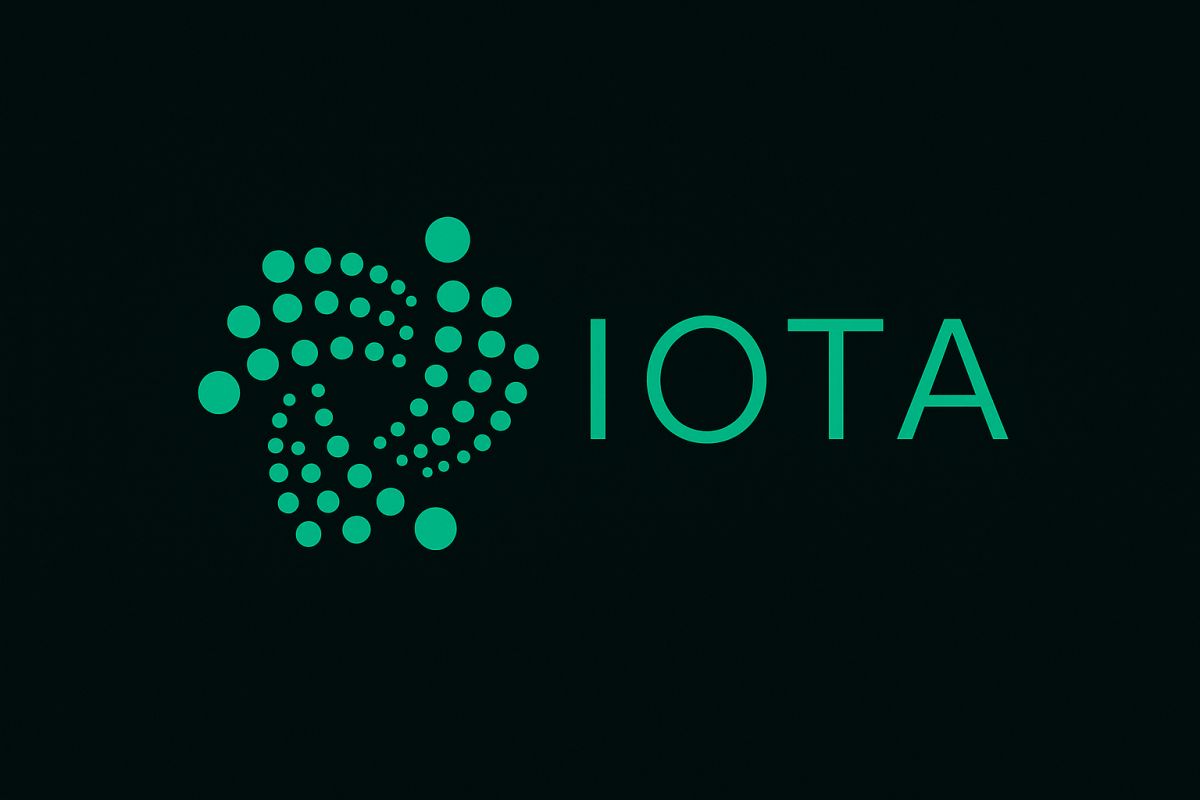Bitcoin Updates: Bitcoin Faces Q4 Decline While Specialized Projects Show Strength—Is This the Dawn of a New Crypto Age?
- Bitcoin fell nearly 15% in October 2025 amid U.S.-China trade tensions and Fed policy shifts, dropping below $108,000 after a brief $126,000 peak. - Institutional trading and ETF activity now dominate Bitcoin's price movements, amplifying its sensitivity to macroeconomic trends compared to past retail-driven cycles. - Niche projects like Pi Network showed resilience through community-driven growth, expanding users in Q4 despite token prices remaining below $0.30. - Market complexity grows as Bitcoin's de
In October 2025, Bitcoin experienced a sharp decline of almost 15%, making it one of the weakest starts to the fourth quarter since 2022. This drop was fueled by rising geopolitical tensions and changes in monetary policy, which weighed heavily on investor confidence. By early November, Bitcoin had slipped below $108,000, erasing a short-lived surge that had seen it reach an all-time high of $126,000 at the beginning of October, based on a
This wave of selling was triggered by a significant escalation in trade tensions between the U.S. and China, as the U.S. imposed 100% tariffs on Chinese imports and tightened restrictions on software exports. These developments led to widespread sell-offs across crypto markets. At the same time, the Federal Reserve’s indication that it would slow the pace of interest rate reductions strengthened the U.S. dollar, making Bitcoin—a non-interest-bearing asset—less appealing to investors. Furthermore, Bitcoin’s increasing ties to mainstream finance have heightened its exposure to global economic shifts. Unlike earlier cycles, when retail speculation often shielded it from broader market forces, institutional trading and ETF activity now have a major influence on its price movements.

Even with the recent slump, some market observers maintain a cautiously positive outlook for Bitcoin’s future. Historically, Bitcoin has performed well in the fourth quarter—a trend often referred to as "Uptober"—but this year’s reversal has cast doubt on whether that seasonal pattern will reappear in 2025. Meanwhile, projects such as Pi Network have demonstrated resilience despite the overall market downturn. The platform, which prioritizes community-led expansion, saw strong user growth in Q4 2025, even as its token price remained under $0.30, according to a
The contrasting outcomes across the crypto industry underscore the increasing complexity of market forces at play. While Bitcoin’s losses mirror broader economic vulnerabilities, specialized projects are relying on long-term infrastructure strategies to navigate the turbulence. For now, market participants are watching closely to see if
Disclaimer: The content of this article solely reflects the author's opinion and does not represent the platform in any capacity. This article is not intended to serve as a reference for making investment decisions.
You may also like
Decred Skyrockets as EU Tightens Rules on Anonymous Transactions

Chainlink Partners with Chainalysis to Bridge Cross-Chain Innovation and Regulatory Compliance

IOTA Positioned at the Core of Global DLT Policy as INATBA Explores Tokenization’s Future

Dia's Bet: Streamlining Arc's Intricacies to Take the Lead in the AI Browser Competition
- The Browser Company integrates Arc's top features into AI-powered Dia after a $610M Atlassian acquisition. - Dia combines Arc's user-friendly design with AI capabilities like memory management and automation to challenge Chrome and AI-native browsers. - Early adopters praise Dia's improved simplicity, but the browser must balance innovation with usability to avoid Arc's complexity pitfalls. - Atlassian integration and 2026 mobile updates aim to strengthen Dia's position in the evolving AI browser market.
